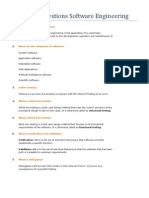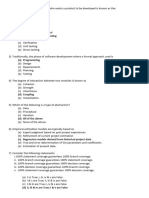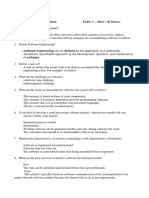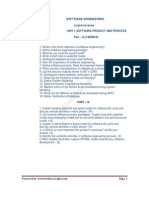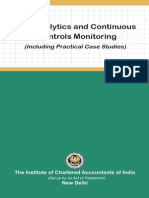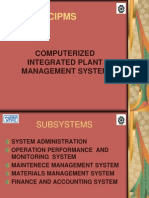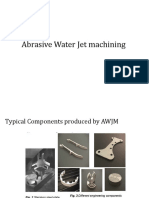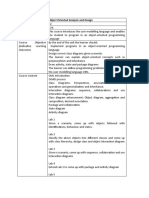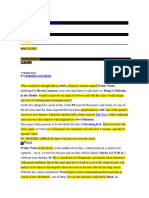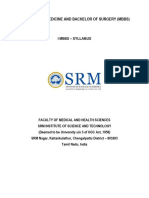0% found this document useful (0 votes)
10 views6 pagesSoftware Engineering Part-I
The document covers key concepts in software engineering, including definitions of terms like economical feasibility, system analyst, and data dictionary. It discusses methodologies such as the Waterfall model and Prototype model, along with principles of software testing and the importance of requirement gathering. Additionally, it addresses cohesion types, validation and verification processes, and the significance of feasibility studies in project planning.
Uploaded by
samarthsupekar15Copyright
© © All Rights Reserved
We take content rights seriously. If you suspect this is your content, claim it here.
Available Formats
Download as PDF, TXT or read online on Scribd
0% found this document useful (0 votes)
10 views6 pagesSoftware Engineering Part-I
The document covers key concepts in software engineering, including definitions of terms like economical feasibility, system analyst, and data dictionary. It discusses methodologies such as the Waterfall model and Prototype model, along with principles of software testing and the importance of requirement gathering. Additionally, it addresses cohesion types, validation and verification processes, and the significance of feasibility studies in project planning.
Uploaded by
samarthsupekar15Copyright
© © All Rights Reserved
We take content rights seriously. If you suspect this is your content, claim it here.
Available Formats
Download as PDF, TXT or read online on Scribd
/ 6





















